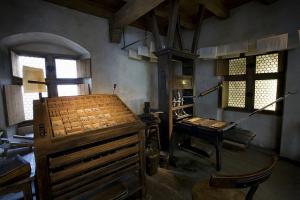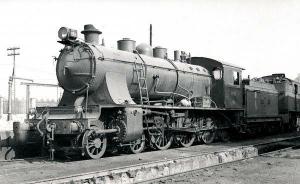Political parties in Spain in 1936

Image: Slideshare
Between February 16 and 23, 1936, the third general elections were held in Spain, these being the last of the Second republic Well, after the new government was elected, a series of changes began that would end with the outbreak of the Civil War in Spain. In this lesson from a TEACHER we will talk about the political parties in Spain in 1936 focusing on the ideologies that each one had and the representation they had at the social level.
Index
- Spanish Socialist Workers Party (PSOE)
- Spanish Confederation of Autonomous Rights (CEDA)
- Republican Left (IR)
- Republican Union (UR)
- Republican Esquerra de Catalunya (ERC)
- Communist Party of Spain (PCE)
Spanish Socialist Workers Party (PSOE)
From the year 1931, the PSOE had been the leading political force in Spain being, in addition, the most organized party within all the existing ones. Until 1933 it was of great importance until in that year the right-wing consolidated itself as a political force. This is due to the fact that, to a large extent, a series of differences would begin to emerge within the party that would end up dividing it, with two charismatic leaders appearing:
- Francisco Largo Caballero: He ended up rejecting the republican institutions to end up approaching the defense of the proletarian revolution.
- Indalecio Prieto: He ended up being the figure for those centrist and democratic members of the Republic.
In 1935 they joined the so-called Popular front, that is, the union of all left parties in order to win the 1936 elections. During the course of the war, both the figure of Largo Caballero and that of Negrín would have a great importance since they were presidents of the government
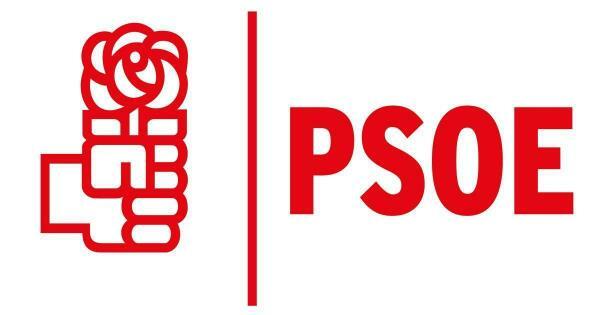
Spanish Confederation of Autonomous Rights (CEDA)
Continuing with the lesson on political parties in Spain in 1936, this time we place ourselves in one of the most important right-wing parties: the CEDA.
This party included the ideals of the Catholic parties and the right-wing parties in the second stage of the Republic. The main figure of this would be Jose Maria Gil Robles who, after the 1936 elections, came into contact with a series of Spanish soldiers (including found Franco) in order to introduce martial law in Spain and thus prevent the Popular Front from obtaining the power.
It is important to remember that the CEDA had been the party with the most votes and wished to be able to form a government, a fact that it even tried by starting conversations with Manuel Azaña. But the hatred between the left / right in Spain prevented a satisfactory agreement from being reached.
Republican Left (IR)
Match founded by Manuel Azaña in 1934This was due to the merger of Republican Action, the Independent Socialist Radical Republican Party (which came from the PSOE) and the Galician Autonomous Republican organization.
It was a party that ended up obtaining a great role during the second part of the Republic in Spain and, in fact, Manuel Azaña would become president between the years 1936-1939.
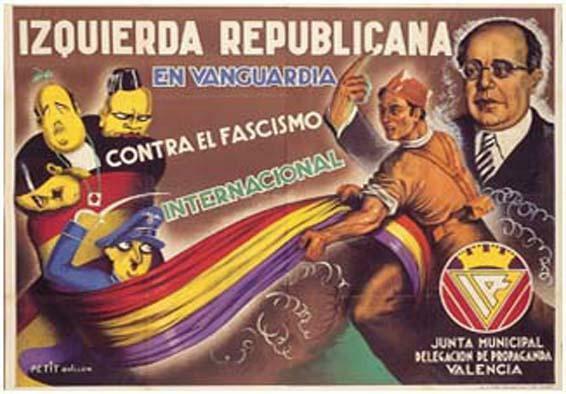
Image: Ephemeris of History of Spain
Republican Union (UR)
Continuing with the political parties in Spain in 1936, we stop at another party founded in 1934 with the embers of the Socialist Radical Republican Party, the Lerroux Radical Party and the Radical Party Democrat: the Republican Union (UR).
This party was another of the members of the so-called Popular Front, which prevented the CEDA from forming a government, leading the country to a Civil War. During this period his main figure would be Diego Martínez Barrio. After the victory of the national side, its components were exiled, the party disappearing in 1959.
Republican Esquerra de Catalunya (ERC)
Within the political parties in Spain in 1936 we cannot stop talking about ERC that was founded in 1931. This party, from its birth, was very nationalistic, in addition to being independent, since it advocated the independence from all areas that shared the same language, creating at that time the idea of the “Countries Catalans ”.
In the 1936 elections the candidate for this formation was Lluis Companys, which, in 1934 after the Revolution of Asturias, had proclaimed the Catalan State within the Spanish Federal Republic, which made the government act by involving the army, ending the separatist anxieties, and it was imprisoned.
After the victory of the Popular Front, Companys was released and regained control of the party, also belonging to the Republican government. After the uprising of July 36, ERC actively participated in defending the Spanish Republic.
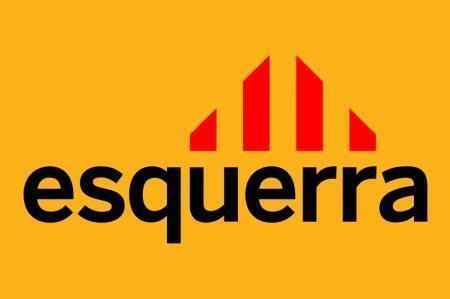
Communist Party of Spain (PCE)
To conclude with the political parties in Spain in 1936, We must speak of one of the oldest, the Communist Party of Spain, since it was founded on November 14, 1921 as a result of a split from the PSOE.
His representative at the polls was Jose Diaz, which had to join the Popular Front to end the threat of a right-wing government. It was one of the most active parties throughout the Civil War, organizing both national and international militias.
If you want to read more articles similar to Political parties in Spain in 1936, we recommend that you enter our category of Story.


